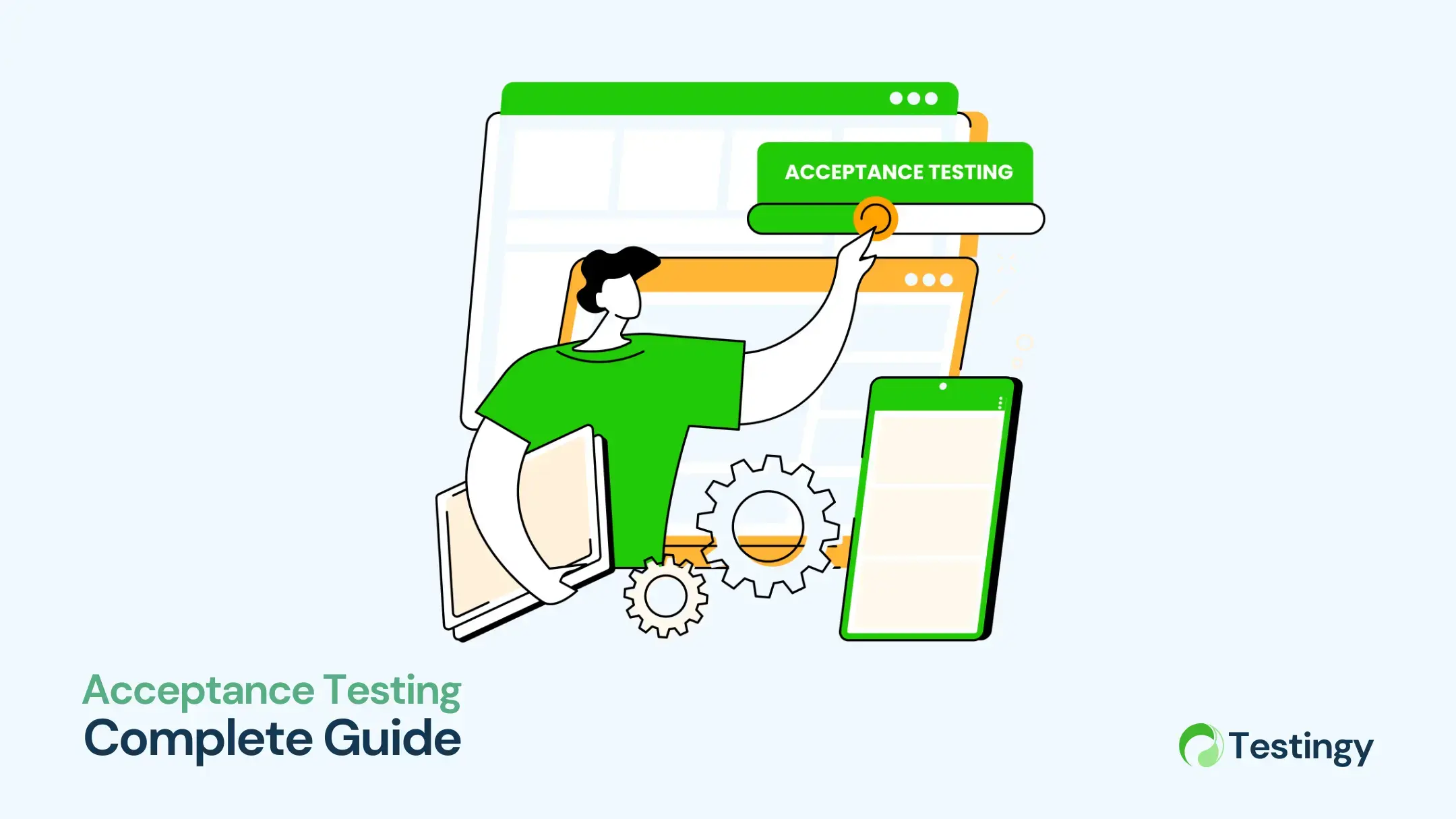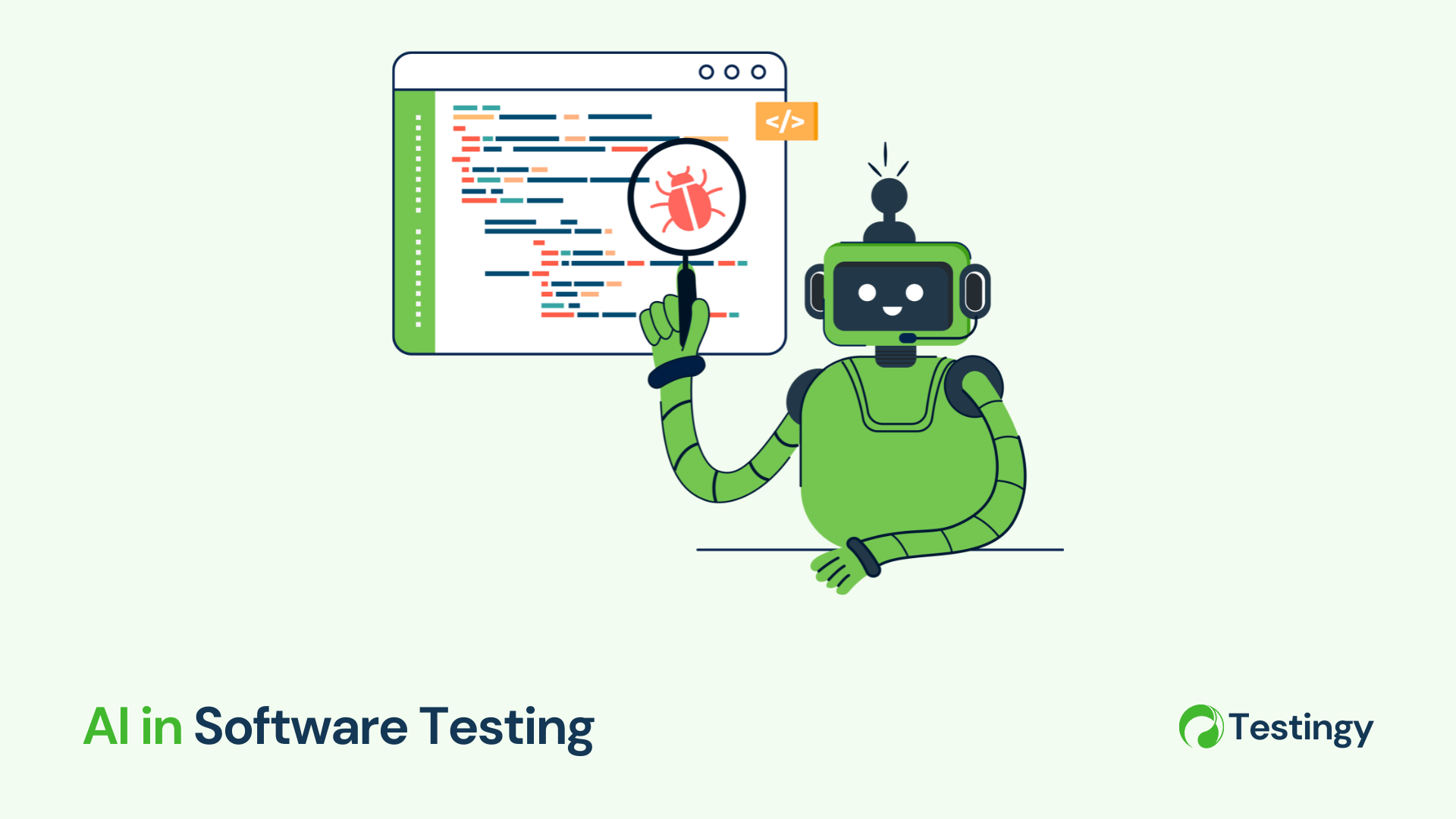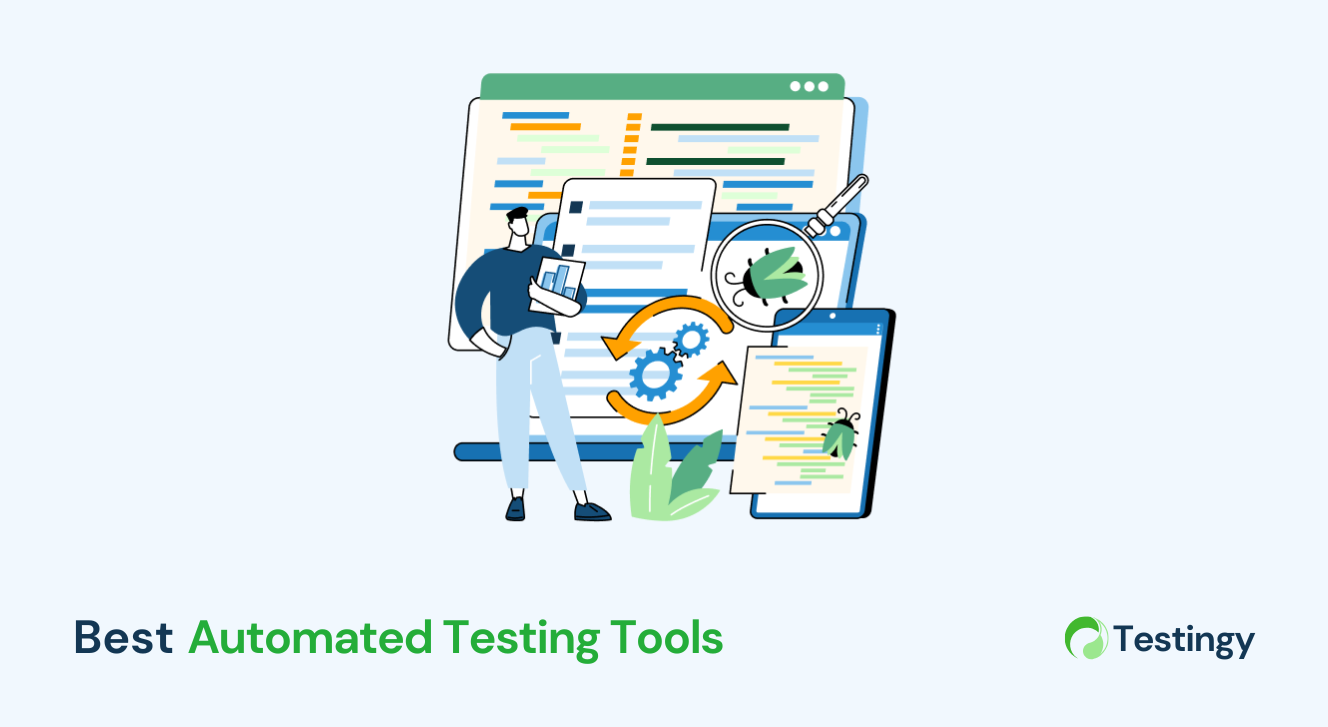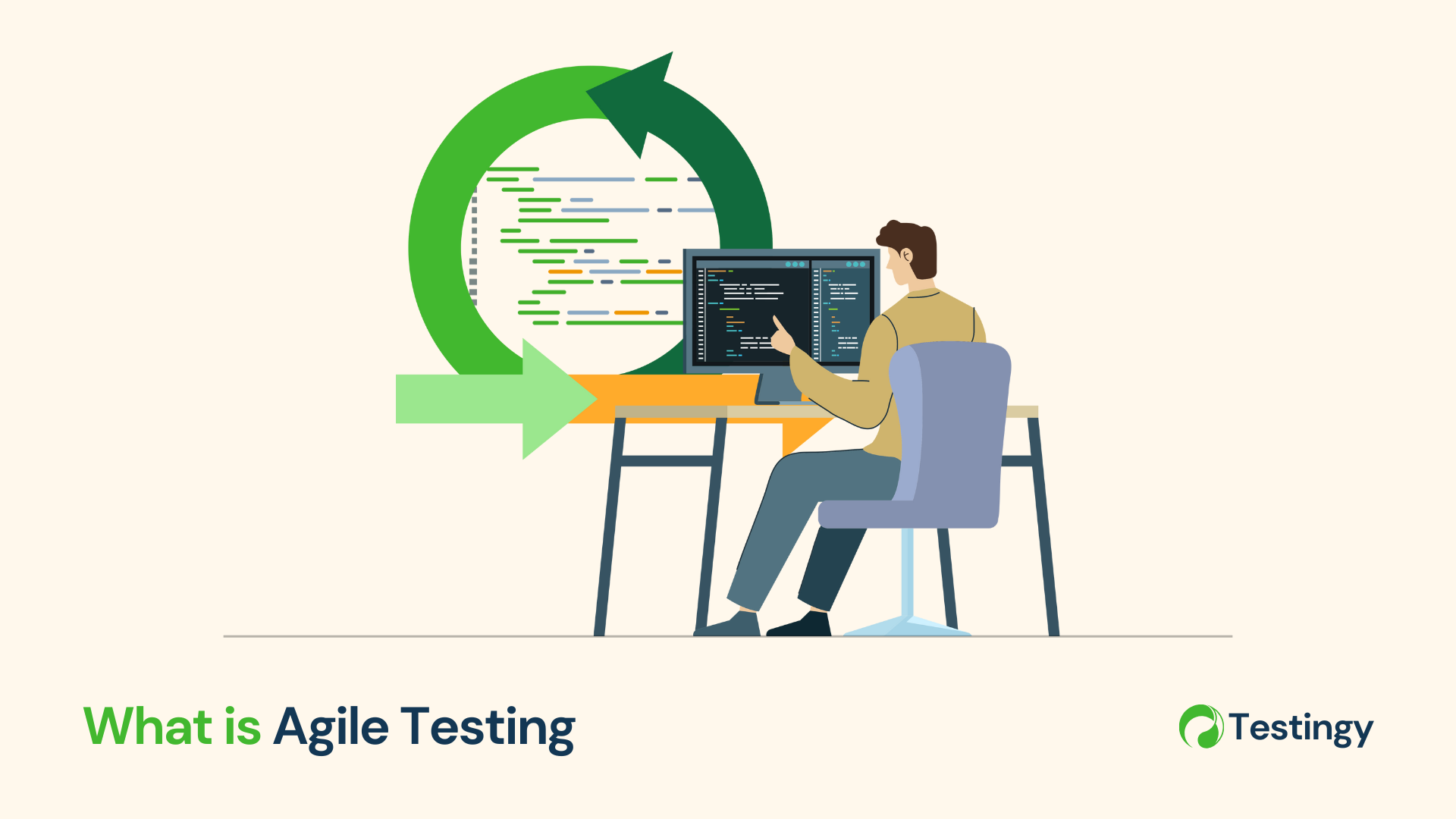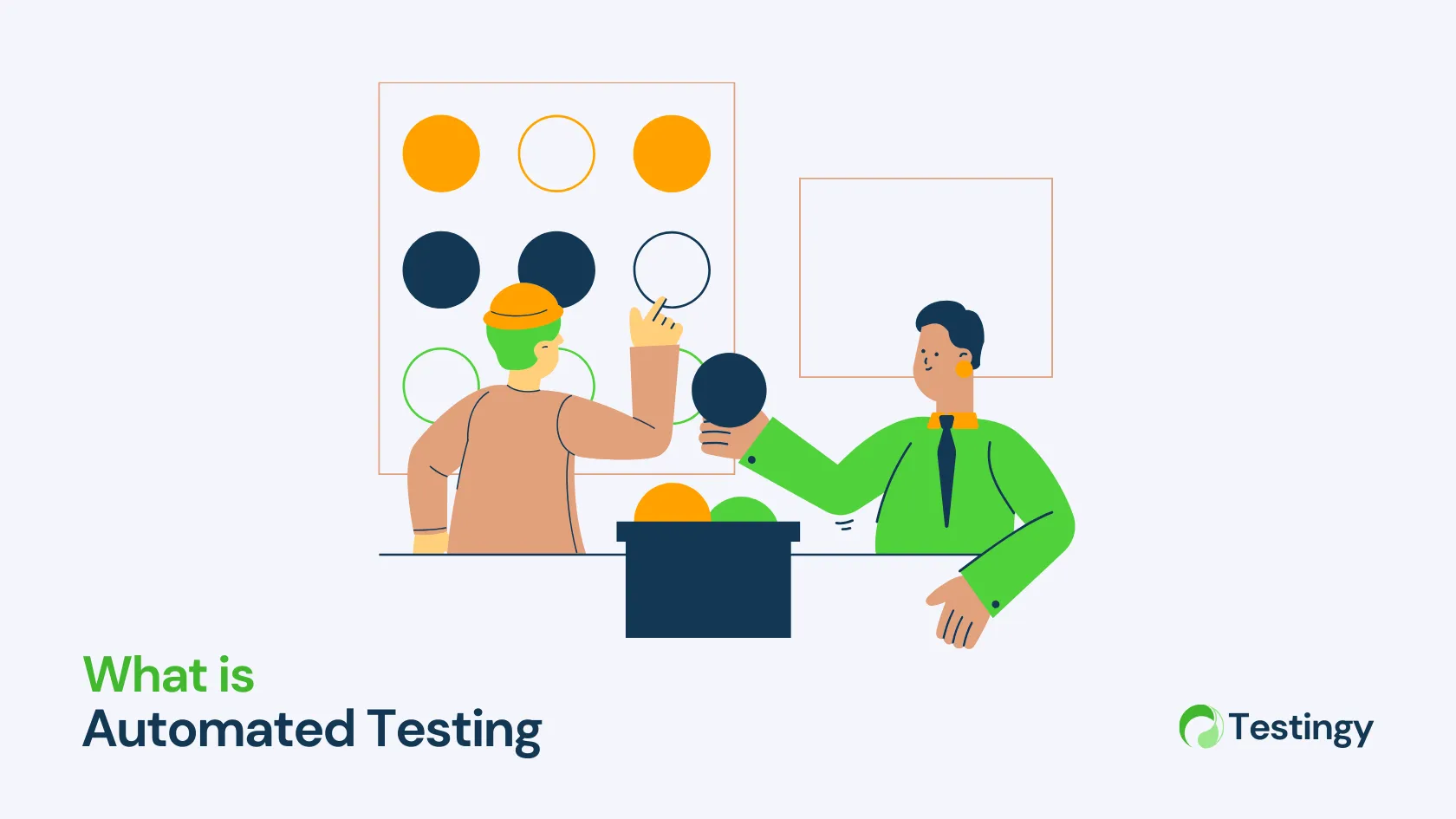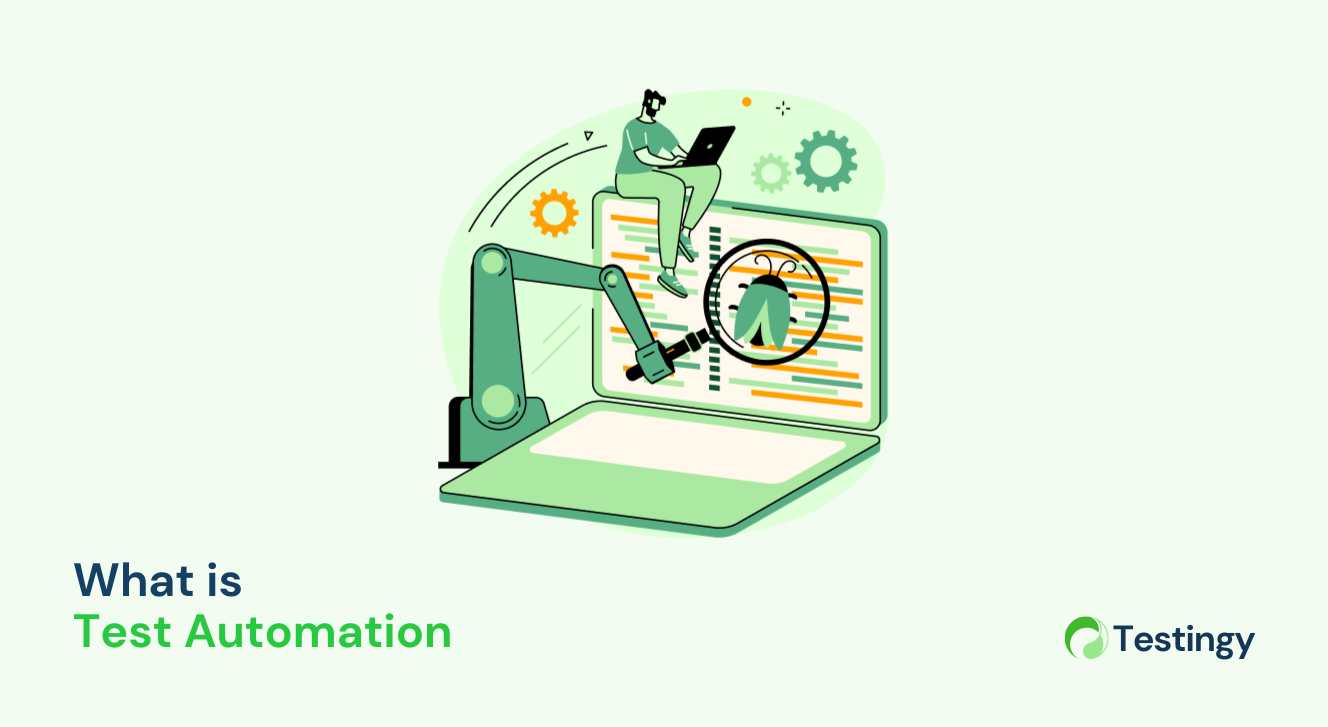Picture this: You’ve spent weeks crafting a piece of software, but right after launch, a tiny bug crashes everything. Frustrating, isn’t it? That’s where automation testing steps in—it’s a reliable way to catch those issues before they cause trouble.
In this automation testing guide, we’ll walk through what automation testing is, why it’s so useful, and how you can start using it to improve your projects.
What is Automation Testing?
Automation testing is all about using tools to test your software automatically. Instead of clicking buttons or filling out forms by hand, you write scripts that handle those tasks for you. These scripts can run over and over, checking for errors without you having to lift a finger each time.
Basically, it’s a process where you create test cases, automate them with software, and compare the results to what you expect. It’s a smart way to ensure your software is solid, dependable, and easy to use. For instance, if you’re testing a login page, a script could enter credentials, hit “submit,” and confirm the right page loads—all in seconds.
Why Automation Testing Matters
You might be asking, “Why switch to automation if manual testing gets the job done?” Here’s why it’s worth considering:
-
Speed and Efficiency: Automation runs tests at lightning speed, executing hundreds of cases in minutes instead of hours. For instance, a Capgemini study found that automated testing can cut testing time by up to 70%. This means faster releases and more time for your team to focus on innovation.
-
Better Coverage: With automation, you can test more scenarios—including tricky edge cases—than manual testing could ever cover. This thoroughness reduces the chance of bugs sneaking into production, giving you a more reliable product.
-
Consistency: Automated scripts perform tests the same way every time, removing the inconsistencies that can creep into manual efforts. This reliability makes your testing process dependable and repeatable.
-
Cost Savings: Yes, there’s an upfront cost to set up automation, but the long-term payoff is huge. By automating repetitive tasks, you free up your team for higher-value work, ultimately lowering testing expenses over time.
-
Regression Testing Made Easy: Every code update risks breaking something that used to work. Automation quickly re-runs tests to confirm existing features are still intact, keeping quality high as your software grows.
-
CI/CD Support: Automation is the backbone of continuous integration and delivery (CI/CD). It enables automatic testing with every code change, ensuring your development pipeline stays smooth and your software stays top-notch.
Take this real-world example: Companies using automation have cut testing time by up to 50%, shipping updates faster and with fewer hiccups. That’s a huge difference.
Getting Started with Automation Testing
Ready to try automation testing? This automation testing guide offers a simple plan to begin:
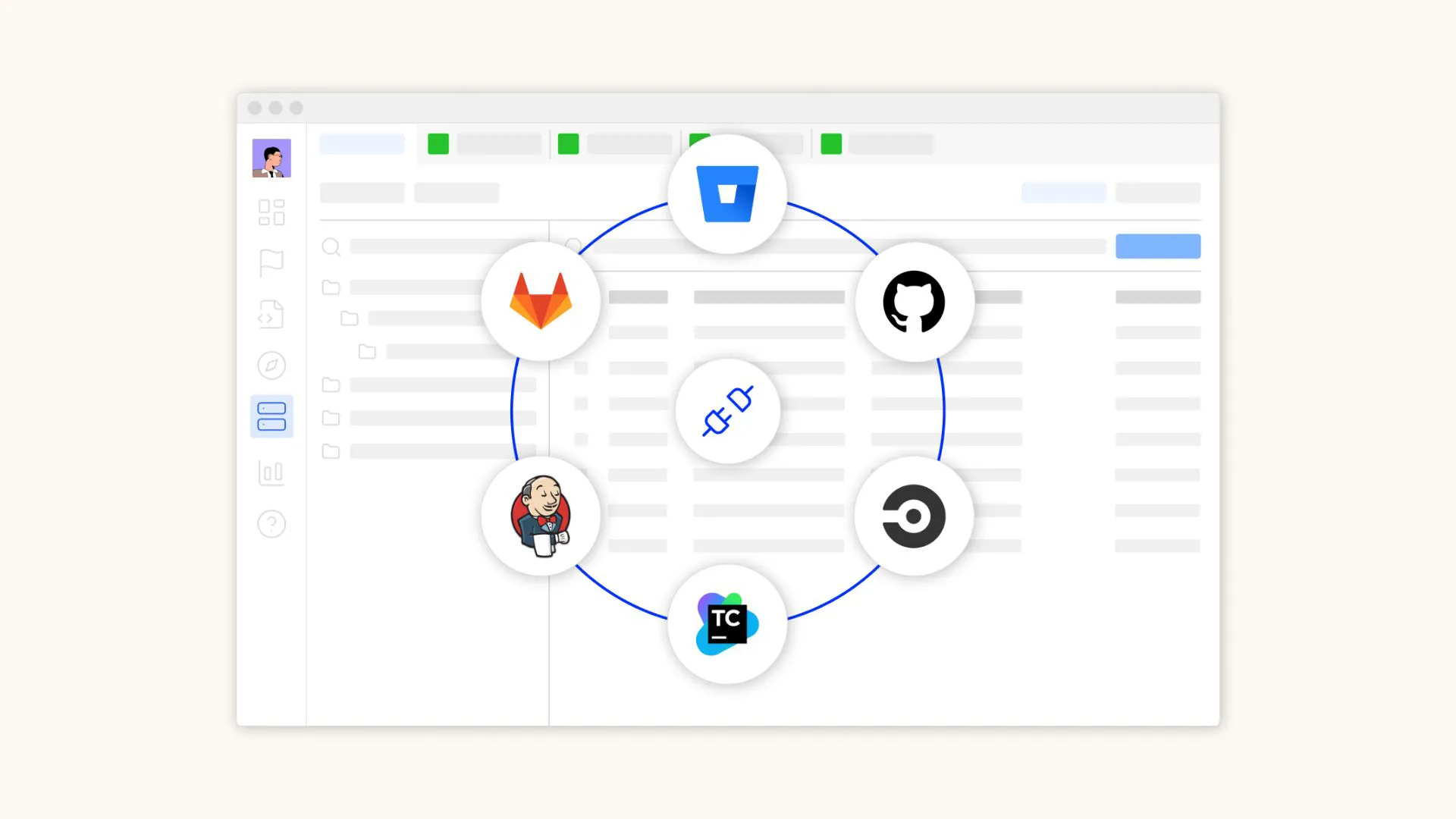
1. Set Clear Goals
Start by figuring out what you want automation to do for you. Are you looking to speed up testing, catch more bugs, or support frequent releases? Defining your goals keeps you focused and helps you measure success.
2. Pick the Right Tools
The tool you choose depends on your project. Match it to your tech stack and needs:
-
Selenium: Perfect for web apps.
-
Appium: Built for mobile testing.
-
JUnit/TestNG: Great for Java projects.
-
NUnit/xUnit: Ideal for .NET apps.
-
Cypress: Awesome for modern web testing.
-
Playwright: Strong for cross-browser needs.
Match the tool to your project’s tech stack and goals.
3. Write Test Cases
Pinpoint key features to test—like login screens or payment flows. Write clear, concise test cases with specific steps and expected results. Focus first on high-impact areas that change often or are critical to users.
4. Build Your Scripts
Turn your test cases into scripts using your tool. Aim for clean, reusable code—break complex tests into smaller chunks. This keeps scripts easy to update as your software evolves.
5. Set Up a Test Environment
Create a testing setup that mimics production: same software versions, hardware, and network conditions. A stable environment ensures your tests reflect real-world performance.
6. Run and Review
Run your scripts regularly and dig into the results. If a test fails, figure out why—is it a software bug or a script issue? Consistent runs catch problems early and keep your automation sharp.
7. Link to CI/CD
Hook your tests into your CI/CD pipeline (think Jenkins or GitHub Actions). This runs tests automatically with every code change, catching issues fast and ensuring only solid code gets deployed.
8. Keep Scripts Fresh
Software changes, and your scripts need to keep up. Regularly tweak and update them to stay relevant. Use version control to track changes and avoid losing progress.
With these steps, you’ll have a solid foundation for automation testing that streamlines your process and boosts your software’s quality.
Tips for Doing It Right
To make automation testing work well, keep these ideas in mind:
-
Start Small: Automate key areas first—like log in or checkout—then grow from there.
-
Keep It Simple: Write scripts that are easy to update and reuse.
-
Team Up: Chat with developers to understand the code and spot testing needs.
-
Test with Variety: Use different data sets in one test to cover more ground.
-
Refine Often: Regularly tweak your process to stay effective.
What’s Next for Automation Testing
The field’s growing fast. AI and machine learning are starting to power tools that adapt to software changes on their own. Getting started with Testingy today puts you ahead of the curve.
Wrapping Up
Automation testing isn’t just about saving time—it’s about making your software better and your life easier. With the steps outlined in this automation testing guide, you can start building a process that catches bugs early and keeps your projects on track.
Why not try it out? Pick a tool, write a simple test, and see how it feels to let automation do the heavy lifting.
